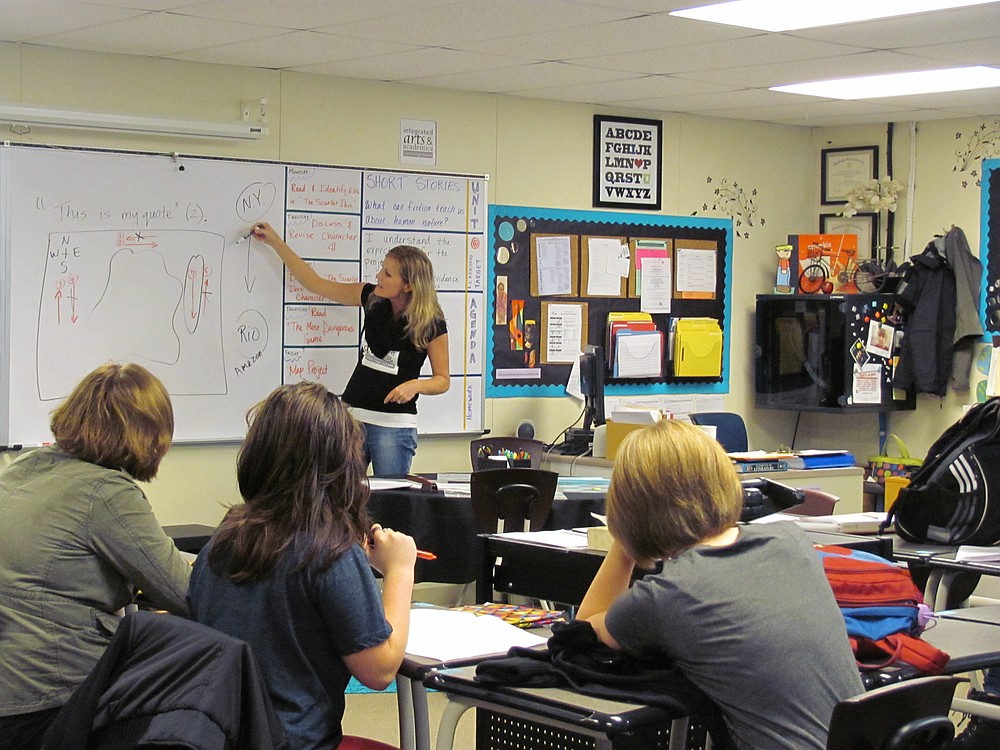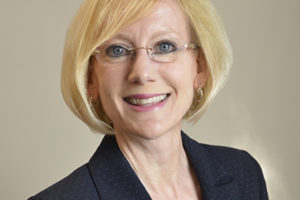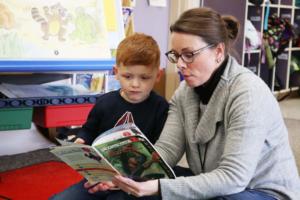o To learn about the Integrated Arts and Academics program at CHS, visit www.artsandacademics.blogspot.com.
Lydia Ross-Macleod has always been passionate about art in all of its forms.
“I love expressing myself through the different mediums,” the Camas High School freshman said.
So, when she heard about a new program at CHS this year that combined the core subjects of science, English and art, Ross-Macleod jumped at the opportunity to participate.
“I was really excited about finding a program like this,” she said. “Our projects integrate all of those subjects into one thing. The students are in all of the classes together, so we really get to know people better. This makes it much easier in school.”
The Integrated Arts and Academics magnet program is the brainchild of art teacher Gina Mariotti Shapard, who taught at the Vancouver School of Arts and Academics for seven years before coming to Camas.
It began in September with 45 students.
“I thought it would be good to try that model on a smaller level here,” she said. “I really missed the collaboration and advocacy for students, knowing them well and looking out for them.”




